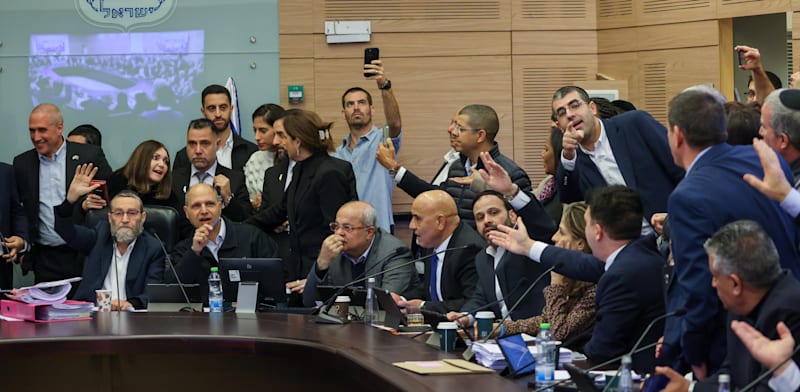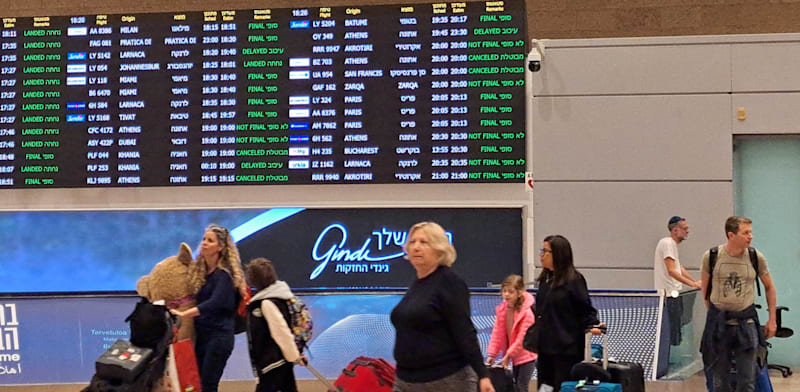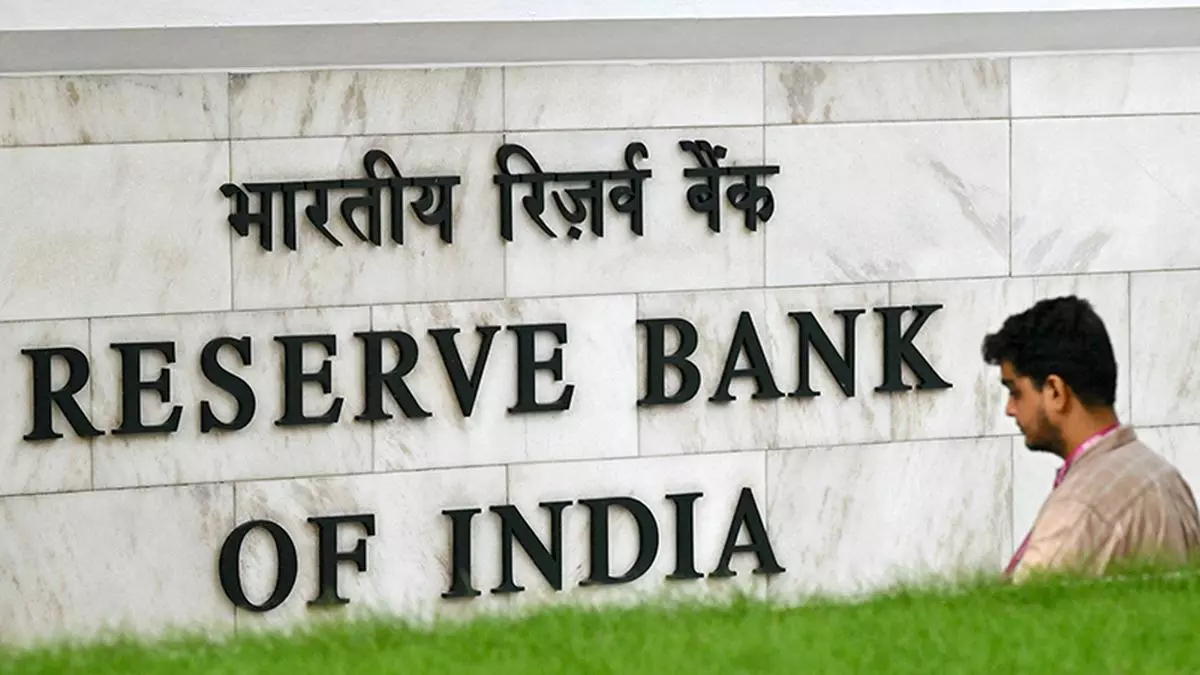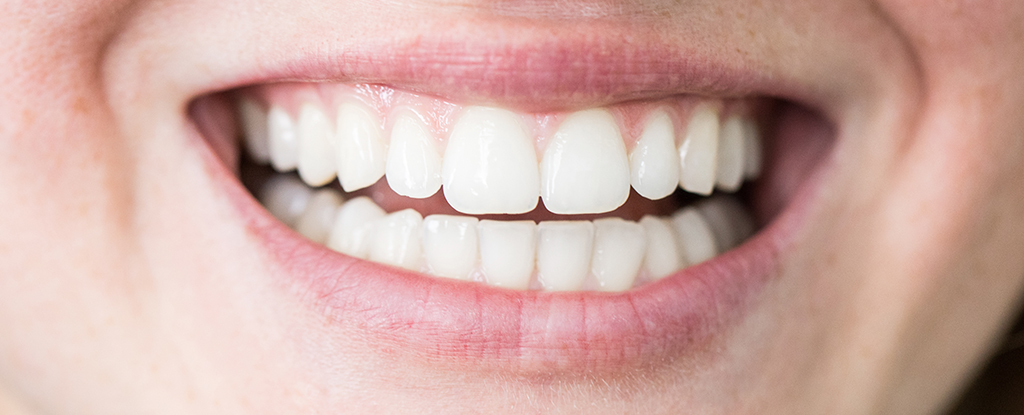Simplify the tariff structure for electronics parts and components to boost competitiveness and attract investment, said the India Cellular and Electronics Association in its recommendation letter to the government for the Union Budget 2025-26. In anticipation of the new Budget, the electronics body asked the government replace the current duty structure with a simplified 3+1 slab system.
In a letter addressed to the Revenue Secretary of the Finance Ministry, Pankaj Mohindroo, Chairman of ICEA, suggested a tariff structure with no tariffs for parts, inputs, and sub-parts of sub-assemblies/components, a 5 per cent tariff for parts of certain components, a 10 per cent tariff for sub-assemblies and components, and a 15 per cent tariff for finished goods.
“India’s current tariff regime is among the most complex globally, with multiple rates (0%, 2.5%, 5%, 7.5%, 10%, and 15% plus surcharges). This complexity, especially on sub-assemblies and components, impacts global competitiveness and export potential,” said Mohindroo. He added that with a manufacturing output of $115 billion, wherein electronics exports reached $29 billion in FY 2023-24, electronics stood as the fifth-largest export category from India.
Reduction in duties of parts and components
Accordingly, he asked that tariffs on parts and inputs of printed circuit board assembly (PCBA), Flexible Printed Circuits (FPCs), camera modules, and connectors be reduced from 2.5 per cent to nil. A similar reduction was suggested for parts of the open cell used in television manufacturing, from 2.5 per cent to nil. According to Mohindroo, the current tariff hinders competitiveness and discourages local production due to insufficient differential duty.
Further, he suggested that the duty on car displays and parts like BLU (Backlight Unit), cover glass, and open cell should also be revised from 15 per cent to zero per cent.
“Display manufacturing is similar across segments so to encourage and build scale for display assembly manufacturing in India all inputs of Display Assembly irrespective of the end use should be at zero duty aligning with the duty structure of mobile phone display,” said Mohindroo.
Reduction of duty on mic and receiver
Stating that mics and receivers constitute approximately 1 per cent of the bill of materials (BoM) for a mobile phone, ICEA asked that the tariff rate on these components be reduced from 15 per cent to 10 per cent. Meanwhile, for the parts of Interactive Flat-Panel Displays (IFPD), ICEA suggested an increase in the duty on the finished goods from 10 per cent to 15 per cent.
Retain existing duty on hearing and wearable devices
ICEA recommended retaining the existing duty rate on all components and inputs used in hearables to provide time for domestic production to scale up and the supply chain to mature, which will reduce costs.
“To support the nascent domestic industry for hearable devices, it is essential to maintain the existing duty structure while ensuring components and inputs are duty-free,” said Mohindroo.








Leave a Comment